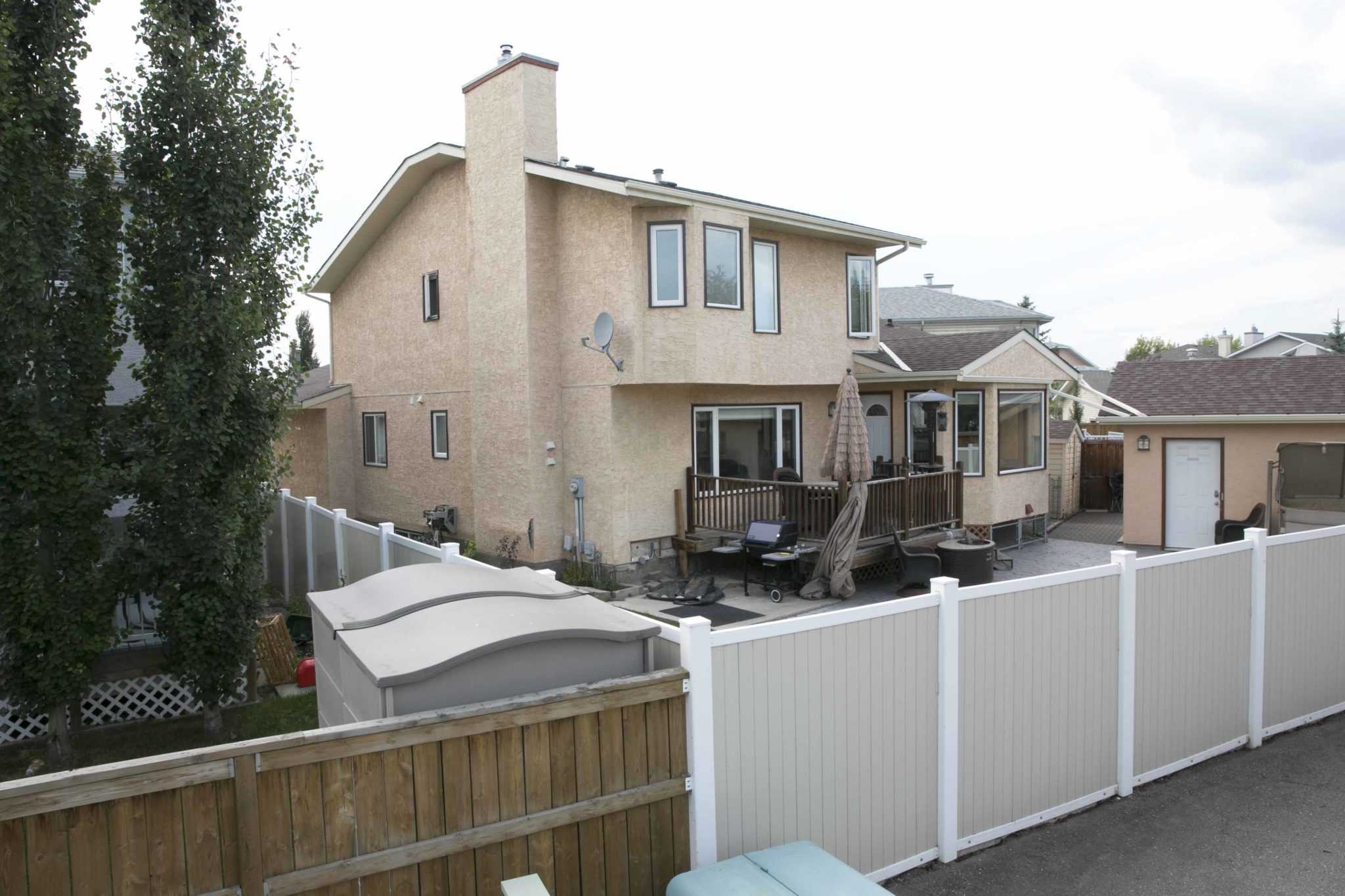Window replacement is not something most homeowners look forward to. Most of the time we only decide it’s time to put new windows in when the existing ones aren’t doing their job anymore.
But some of the smaller common issues with your windows can be fixed. These are often problems that arise with how the units are installed. By doing a simple examination, you can determine the root of the problem, and better figure out whether your windows require a replacement or repair.
Draft test
An easy way to determine whether your windows allow cold air into the house. Hold a candle or a lighter around the edges of your window. If the flame wavers, chances are your units aren’t doing the job they should. Drafts can be a result of both installation issues and hardware problems, so the place where the air is coming from is very important.
Inspect the caulking on the outside of the window
A broken seal can be one of the biggest factors contributing to heat loss in your home. The caulking should be applied continuously all around the perimeter of your window. Caulking is often one of the fastest components to deteriorate, but thankfully it is one of the easiest fixes most homeowners can do themselves with a little patience.
Examine the quality of weather stripping
It is crucial in ensuring high energy efficiency in operable windows. Hung and slider windows wear the weather stripping down faster than other units, so pay extra attention there. Worn weather stripping can be a big contributing factor to drafts being let in through the gaps between the sash and the frame of the window.
Check windows for ease of operation
Make sure all the cranks, handles, and latches work properly. You shouldn’t be straining to open or close any of your windows. Temperature changes can cause materials to contract and expand changing the fit of the operable sashes. Moisture on older windows can often rust and break down the moving hardware, requiring the whole window to be replaced.

Ensure the healthiness of your frames
Temperature changes and time can cause warping and deterioration, especially in older windows. Pay close attention to corners and joints; this is often where the frame begins to take the most damage and come apart. This is also a big reason vinyl windows are better performing than wood or aluminum. In vinyl windows the corners of the frame are thermally welded together, essentially making the frame one piece.
See through the glass
Broken or cracked panes mean the unit isn’t airtight anymore. This is more than just an aesthetic issue and should be addressed as soon as possible. Properly sealed panes ensure the most energy efficiency from your glass. Some older windows allow for glazings to be taken out and replaced, but with newer technologies, removing the glazing often means the whole sash has to be replaced. Condensation on the inner side of the glazing often means that the windows aren’t airtight anymore, which is a big detriment to their efficiency. In newer operable windows, you can often replace just the sash, but with older windows, this means the whole window has to go.
Whether an installation issue or a problem with hardware, try not to neglect the condition of your windows. Moisture, air leakage, and bad insulation are not only increasing your energy bills, if left unattended they can cause rotting and further problems in the structure of your home.
Learn everything you need to know about replacement windows:
Find out how much a new window project should cost
See our full line of vinyl window styles
See all the installation services we offer
